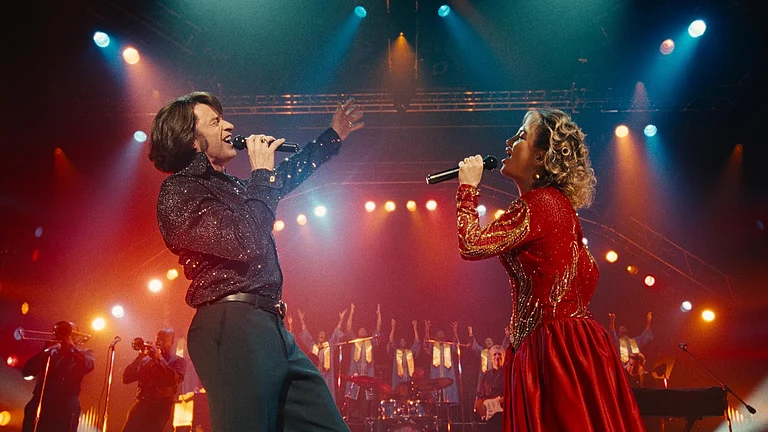The Chief Justice of India (CJI) told the PM on his birthday (September 17) in Gandhinagar that Gujarat is a “very, very peaceful place”. His lordship, indeed, finds judicial governance in Delhi very turbulent and finds solace in Gandhi’s Gujarat and not on Tilak Marg, near Rajghat in Delhi. PMs can usually sit out incumbent CJIs, many of whom have awkward, short tenures. But CJI T.S. Thakur does not believe in the constitutionally unacceptable indeterminate waiting for executive pleasure for judicial elevations, appointments and transfers; he wants to infuse a sense of national urgency towards the slowly but surely collapsing administration of justice in India. Welcome is his statement that “three or four issues” surrounding the Memorandum of Procedure (MoP) would be finalised “in two weeks”.
That the final judicial views on the MoP will shortly be sent to the government is reassuring. If the stalemate continues, the court will have to step in. Aggravation of the unconscionable rate of case pendency can be best handled by new rhythms of judicial appointments. Moderation in executive insistence on the core suggestions may help: the power to reject any names proposed by the collegium on the ground of national security may be shared, and the suggestion for a screening and evaluation committee to finalise the names of lawyers may be dropped.
Not all past or present justices, whether of the high courts or the Supreme Court, approve of the collegium system; and many have made it amply known by their public utterances. The fraternal dissent now assumes the visage of Justice Jasti Chelameswar, whose unprecedented letter to the CJI has been well-covered by media reports, releases, leaks and hastily assembled debates. But dig a little deeper and the picture changes. The collegium decided to defer a decision on the transfer request of Kerala High Court judge Justice Dama Seshadri Naidu back to his home state of Andhra Pradesh. Apparently, two members of a past collegium have confirmed the decision that Justice Naidu would be transferred out of the Andhra Pradesh HC was taken when he was elevated. The interest of justice entailed transfer because of his professional association with Justice Chelameswar’s son and his relationship with CM N. Chandrababu Naidu. Appropriately, Justice Chelameswar recused himself from the collegium meeting but didn’t leave the room, upon which a decision on the issue was kept pending.
Given his own insistence on judicial transparency and accountability, Justice Chelameswar’s disinclination to publicly explain his conduct sits strangely with Justice Naidu’s impeccable reticence. Justice Chelameswar should also have explained why he preferred not to recuse himself from that item under discussion and later be recalled to decide other matters.
The sceptre of a ‘sonstroke’ (relations of justices practising in the same court) has been raised again. In the Pramila Nesargi case in the 1980s (to be later declared infructuous by the judges’ death), the Karnataka high court ruled that the judicial spouse may not practise in the same court. In 2010, referring to the situation in Allahabad HC, Justices Markandey Katju and Gyan Sudha Misra said, “Some judges have their kith and kin practising in the same court, and within a few years of starting practice, the sons or relations of the judge become multi-millionaires, have huge bank balances, luxurious cars, huge houses and are enjoying a luxurious life. This is a far cry from the days when the sons and other relatives of judges could derive no benefit from their relationship and had to struggle at the bar like any other lawyer.”
In an article delightfully titled ‘Father, Son and the Holy Court’ (The Hindu, Oct 24, 2014), Justice (retired) Chandru raised the question of Fali Nariman practising in the SC, where his son, Justice Rohinton Nariman, is a judge. I, too, had publicly protested when the then CJI Y.V. Chandrachud announced that his son will not practise anywhere during his tenure. (Justice Dhananjaya Chandrachud now adorns the Supreme Court.)
In 1997, the entire SC, chaired by CJI J.S. Verma, enacted a resolution on ‘The Values in Judicial Life’, prohibiting the CJI’s close relative from appearing in his court and stating that “no relative of his should practise law while staying in the judge’s house”. The matter rests now with the Bar Council of India.
The issue of standards of rectitude justices ought to follow is probably more important than how they come to be appointed.
























